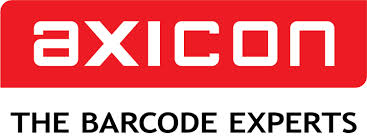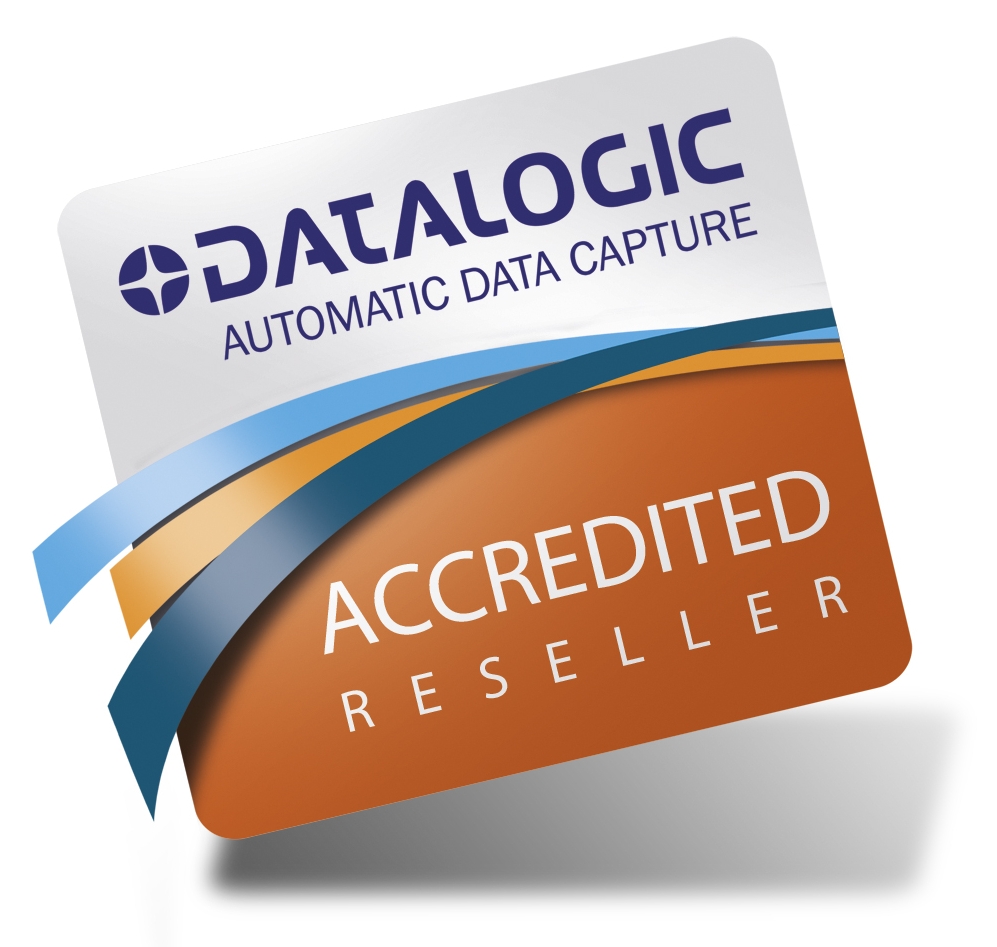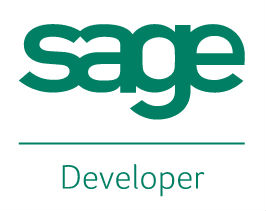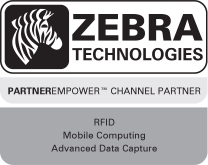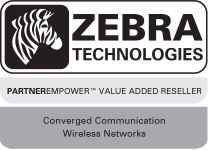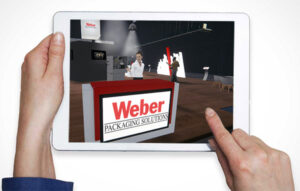Linerless label technology is by no means new to the label industry. For many years labelling systems engineers and label converters were watching for a safe labelling solution that would reduce expenses and material waste. Up until 2015, Weber could not see a viable solution that would address both issues while meeting the needs of our customers.
In early 2015, we started development of a brand new technology to reduce labelling costs, do away with liner waste and increase productivity. We named this approach liner free labelling
Linerless Labelling
Standard (tape) Labelling
Tape-like linerless labelling is one of the most common linerless labelling technologies available today. For this type of labelling, the entire back is coated with a particular release coating so it can be wound up like a roll of tape. The adhesive needs to be strong enough to stick to the product but also easily released when dispensed.
The challenge of this form of labelling is that the adhesion performance of the label must be low in order to release from itself which means that it might not stick to the product. Machinery issues can also be experienced as the adhesive builds up on the applicator’s cutter and within the print engine. Imagine how quick a pair of scissors would get gummed up if you cut duct tape all day. You could expect increased equipment and maintenance costs with this process.
Also, due to the special release coating the use of direct thermal printing of your labels cannot be considered as it will not stick to the silicone coated label top. But if you are trying to reduce waste, direct thermal is without doubt one of the easiest methods to do this (no ribbon waste).
Patterned Adhesive Labelling
Patterned adhesive labelling is similar to a standard linerless application but the adhesive is zoned to one targeted discipline. It’s designed to accommodate thermal transfer printing as long as printing takes place outside of the targeted coating zone.
Microperfed Labelling
Microperfed labelling is similar to the above options however instead of requiring a knife to cut the labels, the label converter adds tiny perforations between the cut-off point. Without a knife you will have less mess in the machine but you will also need a very precise printing process and also perforations in your labels.
These labels also have a tendency to break apart from the roll whilst being advanced in the printer due to tension issues. The perforations also mean you are limited to a predefined label length so you cannot reduce your label size when you have less information to print on the label.
Infrared Activated Labelling
Infrared activated labelling has a complete covering of dry adhesive on the back of the label. The adhesive becomes activated after it is exposed to the infrared heat in the label applicator. This form of labelling is limited to thermal rolls in limited sizes and cannot be pre-printed. The labelling system also requires protecting shielding of the infrared heat. This machine may cost extra to run as it uses additional electricity and requires more safety measures than other labelling systems.
Heat Activated Labelling
Heat activated is similar to infrared activated labelling. The label is similar in construction and the methodology is the same except that the activation happens when the adhesive is exposed to UV light, radiant heat or hot air. Again, there are label print limitations and additional machine costs with higher energy use.
All of these labelling options have numerous limitations and do not entirely hit the mark for sustainability. Considering these limitations, it is rare to see linerless print and apply in higher volume use.
Linerfree Labelling
Linerfree labelling is a unique and innovative way to print and apply labels without liner.
The major difference between this technology and previous linerless is the activation process. The roll of linerfree labels comes with the dry adhesive pre-applied and therefore is not sticky to the touch.
Once the label is printed, it is dispensed to a cutter. While the label is being advanced to the applicator pad, the activation fluid is applied to the back of the label.
The label is cut to size before the label adhesive is activated, so there is no adhesive residue left in the print engine or the cutter. There is significantly less wear to the knife and the adhesive bond has proven to be stronger than on standard tape linerless labels and even stronger than pressure-sensitive labels.
Another stand out difference is the price. When you’re switching from pressure-sensitive labelling with liners to linerless labelling you would expect there to be some financial as you are using much less material. However this hasn’t been the case. In truth, one of the previous biggest disadvantages of linerless labelling has been the increase in cost and the limited range of media.
With Weber’s Model 5500LF labelling system (Joe, same link as above) you’ll see a total applied cost saving. The material and activation fluid collectively will cost you less than pressure-sensitive labels. We’ve an ROI calculator to help us to show you your potential financial savings in various areas including minutes saved in downtime, carbon emissions saved, label liner material elimination and more.
For more information please contact: –
Mr Patrick Hughes
Weber Packaging Solutions
Kilcannon Industrial Estate,
Old Dublin Road,
Enniscorthy,
Co. Wexford
Y21 E281
Ireland
Telephone – +35353 9233778
E-Mail – sales@weberireland.com
Web – https://www.webermarking.ie/



